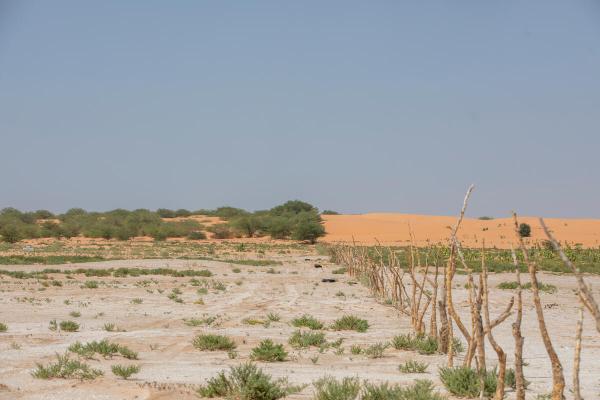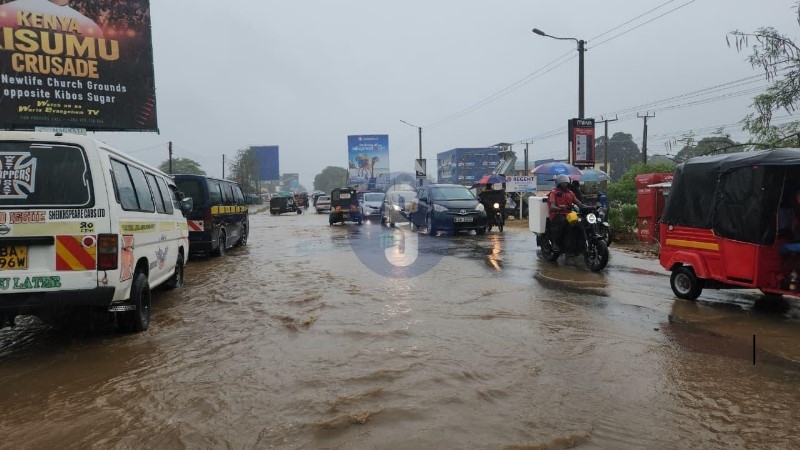 UN report
shows alarming agriculture land degradation/FAO
UN report
shows alarming agriculture land degradation/FAO A new report has sounded an alarm
over rapidly worsening land degradation that is reducing crop yields.
The State of Food and Agriculture 2025 report by the UN Food and Agriculture Organization (FAO) described the crisis as pervasive, human-driven and escalating, with countries like Kenya already feeling the impact on food production and rural livelihoods.
More than one billion people globally are witnessing declining crop yields due to an alarming increase in land degradation driven largely by human activity.
The Food and Agriculture Organization (FAO) released the State of Food and Agriculture (SOFA) 2025 report this week.
The report says about 1.7 billion people live in regions where agricultural productivity has fallen because the land is no longer able to sustain healthy crop growth.
It says land degradation is a silent and widespread crisis that is weakening ecosystems and threatening global food security.
FAO attributed the declining land health to a combination of natural processes and human-induced pressures, with the latter now playing a dominant role.
Activities such as deforestation, overgrazing, unsustainable crop cultivation and poorly managed irrigation are among the leading causes of soil erosion, nutrient loss and salinisation.
In Kenya, more than 40 per cent of soils in the country are degraded, with large areas showing high acidity and salinity levels, according to the Soil Atlas Kenya Edition 2025 published by the Heinrich Böll Stiftung.
The Atlas says soil degradation is a growing threat to agricultural sustainability in East Africa.
It says croplands lose an average of 26 tonnes of soil per hectare every year due to water-driven erosion, with some areas experiencing losses surpassing 90 tonnes.
Overgrazing, particularly in arid and semi-arid lands, strips vegetation that protects the soil, leaving it vulnerable to erosion and compaction.
Meanwhile, climate change, through heavier and more erratic rainfall accelerates soil loss.
Globally, soil erosion alone is estimated to cost about $400 billion annually in lost agricultural productivity.
The Sofa report says land degradation is not simply an environmental concern but a serious threat to rural livelihoods and food security.
FAO director general QU Dongyu said no single factor is responsible.
“It is the result of intersecting pressures. Because land degradation directly undermines agricultural output and ecosystem resilience,” he said.
Gongyu said there is urgent need for sustainable land management.
The report says reversing even 10 per cent of human-induced degradation on existing croplands could restore enough production to feed an additional 154 million people each year.
Practices such as crop rotation, cover cropping, improved grazing management and soil conservation techniques are highlighted as effective restoration strategies.
The report called for stronger policy action, including incentives for sustainable land use, regulation of harmful practices such as deforestation and linking agricultural subsidies to environmental stewardship.
More than 130 countries have already pledged to pursue Land Degradation Neutrality under the United Nations Convention to Combat Desertification (UNCCD).
“We are at the forefront of efforts to avoid, reduce and reverse land degradation through data, policy guidance and on-the-ground initiatives,” Dongyu said.
“To seize these opportunities, we must act decisively and create enabling environments that support long-term investment, innovation, and responsible land stewardship.”

















